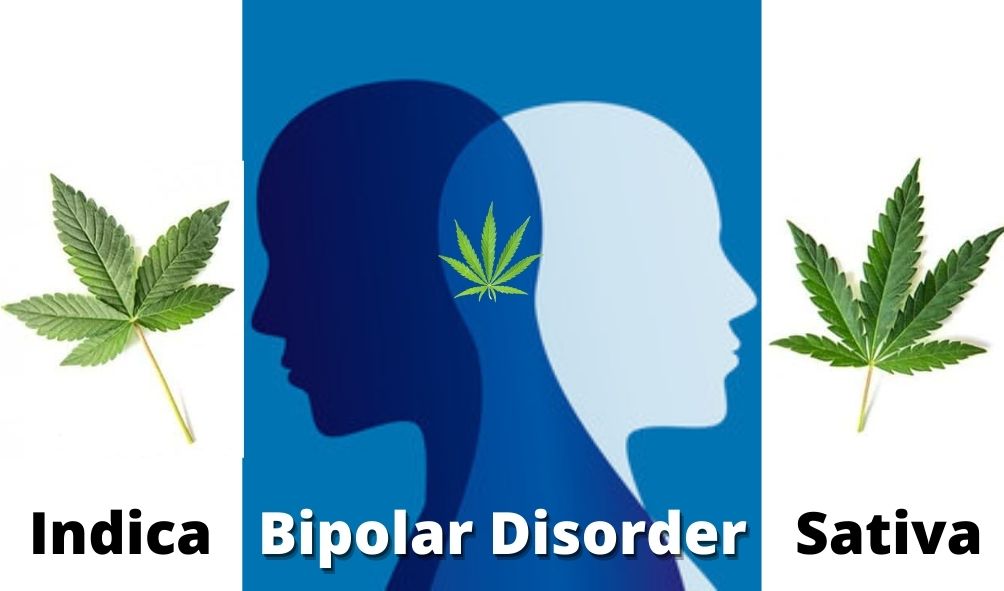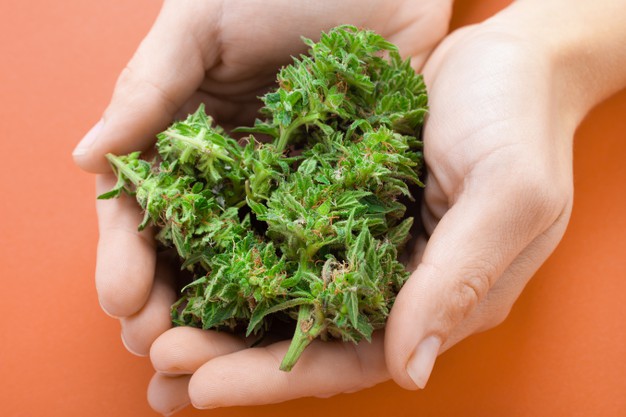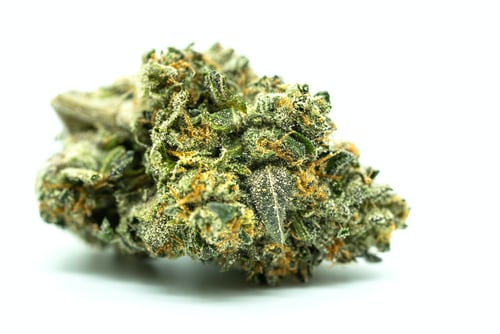Sex and gender play a role in health in myriad ways. The medical world recognizes that gender evokes varying symptoms and treatments. For this reason, the type and level of care provided for women are specifically studied by women’s health experts. Scientists, researchers, and medical professionals are examining diseases and illnesses that are unique to women and looking at biology as a whole.
Womanhood is all-encompassing. Women similarly perceive things, whether it is a medical condition or everyday life. Let’s examine what some of those experiences are and how they are linked to the world of cannabis. Recreational and medical marijuana in Canada from a woman’s perspective can be very different from that of women from other parts of the world.
Medical Marijuana in Canada Can Help Women
Certain things are healthy for all humans: exercise, fitness, diet, mindfulness, meditation, and general wellness. These are shared attributes of good health and wellness. Worldwide, women have unique aspects to their experience, such as juggling childbirth, motherhood, menstruation, menopause, and more.
While exercise and fitness may improve blood flow and general health for a man, it has some different effects on a woman. Exercise may help the blood flow to the ovaries or the womb. This in turn could have a carry-on impact in assisting a woman through a medical condition. Or it may have an effect on her gynecological health in general.
Menstrual Pain Management
Menstrual health is a broad topic, so let’s look specifically at endometriosis and general menstrual pain. Endometriosis is the abnormal growth of the uterine lining outside of the uterus, which can grow into other parts of the reproductive cavity and spread to other organs such as the bladder and colon. It is often associated with menstrual periods and causes debilitating pain and fatigue.
Endometriosis may seem like an extreme example to focus on when it comes to menstrual pain, but it is estimated that more than 175 million women worldwide suffer from it. However, there is no universally accepted treatment for this condition, and . medical management is conducted through various prescription medicines and surgeries. Even with these remedies, women often just try to cope with living with the pain.
Research at the University of Arkansas found that CBD in particular is highly effective in treating general menstrual pain. This treatment is carrying over to sufferers of endometriosis as well. Medical marijuana in Canada is a viable method of relieving endometriosis symptoms by targeting the endocannabinoid system.
Depression and Anxiety
Naturally, hormonal fluctuations can lead to depression and anxiety in women. These conditions are not unique to women; however, some things may trigger these conditions, such as premenstrual syndrome (PMS), the more severe premenstrual dysphoric disorder (PMDD), postpartum depression, perimenopause and more.
No matter the condition or related symptoms, healthcare providers often prescribe medications or therapeutic treatments. In this modern era, this has extended to medical marijuana in Canada. Research shows cannabis helps treat depression, anxiety, and a range of other mental health disorders in both men and women.
Trauma
Trauma can make you feel alone. Cannabis can be a way to be social, connect, and open up to talk about and deal with trauma. This is done through connection and relations with others. Women sometimes deal with a whole range of traumatic experiences such as sexual abuse, assault, and oppression. This stress affects the internal hormone cortisol. Studies have shown positive results of helping treat trauma such as PTSD.
Cancer and Gynecological Health
Cancer is not unique to women, either, of course. However, women are susceptible to a range of specific cancers including breast, ovarian, and cervical. Breast cancer most often starts in the milk ducts but can spread to other organs as well. It is the most aggressive type of cancer for women. Ovarian and cervical cancer are often confused and thought to be the same. Both conditions can cause similar signs and symptoms, but they are actually two different types. Cervical cancer starts in the lower uterus, while ovarian begins in the fallopian tubes and is not easily detected.
Cannabis is successfully prescribed to many women undergoing cancer treatment regardless of the type of cancer. This is because it has been shown helpful in combating chemotherapy-induced nausea due to the antiemetic properties of CBD.
The Future of Medical Marijuana for Women
Women’s health issues can be complex. There are different STDs, types of cancer, pregnancy, and autoimmune disorders. The future of medicinal marijuana around the world is continuing to evolve. As this happens, more research will become available, as it is fairly thin in the scientific cannabis community at the present time.
How do Women Experience Recreational Marijuana?
Women are starting to buy recreational weed online with more frequency. Men traditionally have been larger consumers of it. But as it has become destigmatized and more widely available, the demographics are changing. This begs the question: Is the experience the same for women?
Do Women Experience Cannabis Differently?
There have been experiments conducted on animals that show that males and females experience weed differently. These differences are attributed to the endocannabinoid system of the animals. Research for humans on this topic is a bit more complex. Any differences may be confounded by other factors like social or environmental. This is especially true depending on the circumstances of consumption. If the weed is consumed in a recreational or medical setting, the results may differ.
According to a 2016 study, there were some interesting key findings. Men had an increased appetite while women had a decreased appetite. The perceptions of time, memory, and enthusiasm differed as well. Beyond that, the study found the differences to be trivial. The verdict is still out, but we do know that the endocannabinoid system continues to be responsible for these differences.
Women are said to experience pain differently, too. This can mean that women may require more weed if using marijuana to medicate for pain management. Women could have a higher pain threshold. The studies on this are few, but it is a plausible theory related to consumption.
What Does the Future Hold for Women and Cannabis?
In much of the world, medical marijuana is still not considered a medicine. In some places, no discussions are even allowed. These draconian cannabis policies are inhibiting the growth of sharing knowledge around the globe. Of course, this is not the stigma for medical marijuana in Canada. As cannabis policy opens up, the link between cannabis and women’s health may become more clear.
Distribution of menstrual products and lack of access is another topic often touched by governmental policy. In 2018, period poverty made it onto the political agenda in Canada. Funding from both private and public sectors have linked together to ensure people have access to the products they need. Menstrual pain management is likely to join the political agenda due to the therapeutic effects of cannabis. We hope for a bright and inclusive future.





